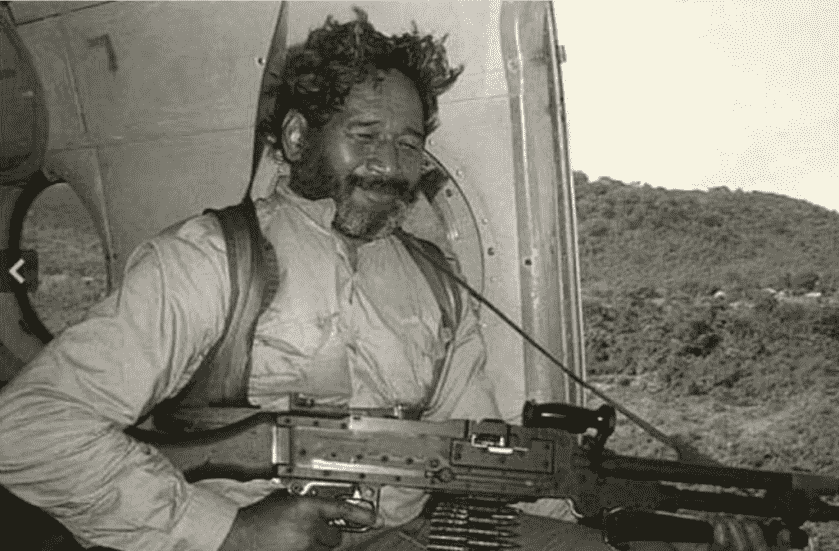
Talaiasi Labalaba was born on July 13, 1942, in Vatutu Village in Nawaka, Nadi, on the island of Fiji. Fiji is an island country in Melanesia in the South Pacific roughly 1,100 miles northeast of New Zealand. Fiji is actually an archipelago of more than 330 islands, 220 of which are currently uninhabited. Tourism and sugar-cane are the primary industries. As of 1970, Fiji became a fully independent sovereign state within the British Commonwealth of Nations. Beginning in WW2, Fiji’s relationship with the British Empire meant that native Fijians could serve in the British military.

Labalaba spent his childhood on an island and craved adventure. He initially enlisted with the Royal Ulster Rifles and also served with the Royal Irish Rangers. Eventually, Labalaba volunteered for Selection for the 22d Special Air Service.
The Setting

In the summer of 1972 Oman was in chaos. Sharing borders with Saudi Arabia, the UAE, and Yemen, the Omani Sultanate was allied with the British in a fight for its life against Marxist rebels. A small contingent of nine SAS operators was assigned to assist with Omani security as part of the British Army Training Team at Mirbat. Their year-long deployment was part of Operation Jaguar. This nine-man team was short and was soon to rotate home.
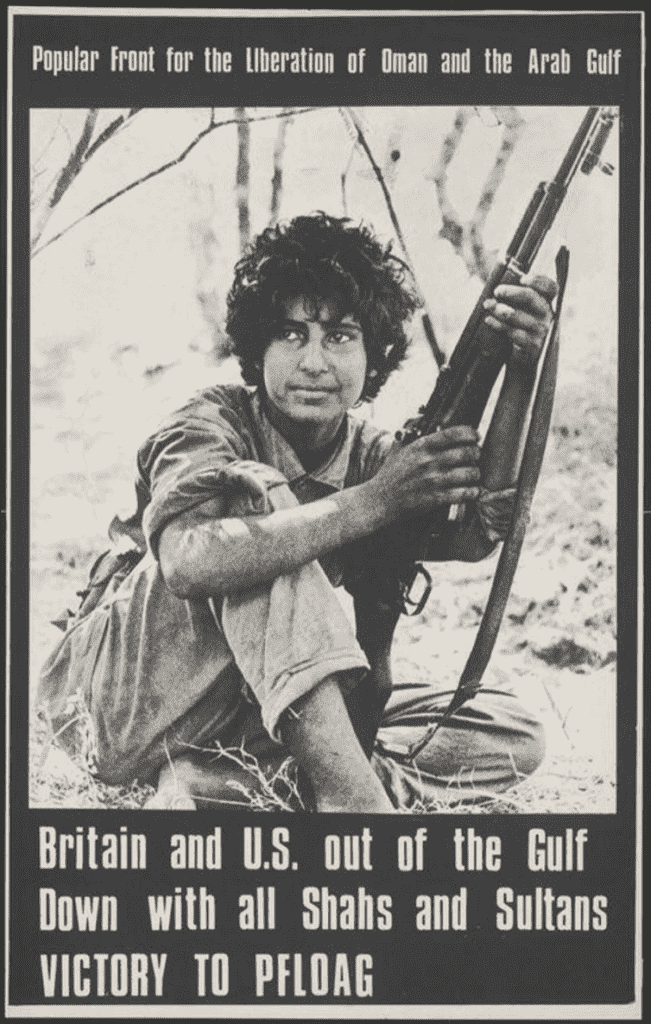
Opposing this small contingent was the PFLOAG. This mouthful of word salad stands for the Popular Front for the Liberation of the Occupied Arabian Gulf. Locals just called them the Adoo.
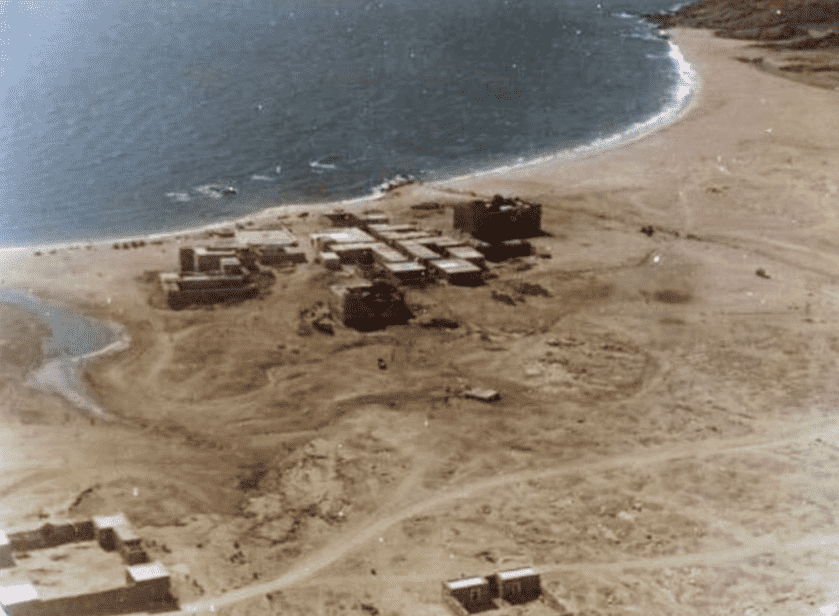
The SAS BATT House stood overlooking the approaches to Jebel Ali, itself a strategically critical piece of dirt leading to the major port of Mirbat. The PFLOAG rebels knew that to take Mirbat they would first have to take Jebel Ali. Before they could get to Jebel Ali they had to neutralize the nine Brits at the SAS BATT House.
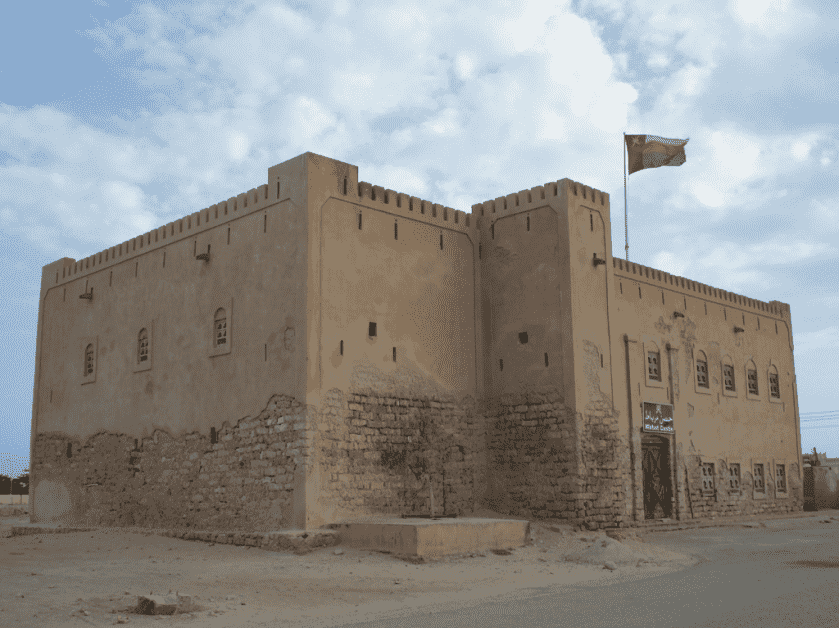
The BATT House was itself a fairly impressive fortification. Manning the fort as well as the surrounding encampment were another 25 Omani policemen and some 30 Balochi Askari along with one local firquat irregular. The Balochi Askari were members of the Pakistani diaspora serving in an administrative military capacity. The firqua were members of the Omani loyalist militia.
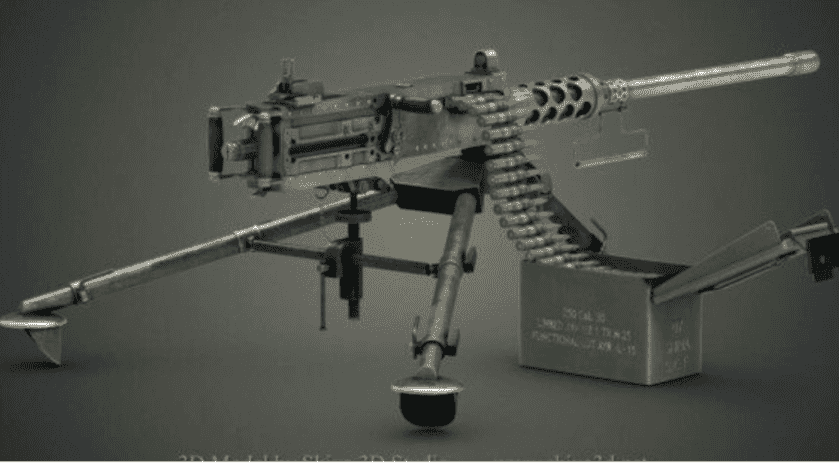
Arrayed against this Neapolitan band was some 300-400 heavily-armed and dedicated PFLOAG Marxist fighters. At the BATT House, the SAS troops were armed primarily with L1A1 SLR rifles and a single M2 .50-caliber machinegun along with a 60mm mortar. The Adoo packed AK47 rifles, RPG7’s, and mortars along with ample ammunition courtesy of their Soviet and Chinese benefactors.
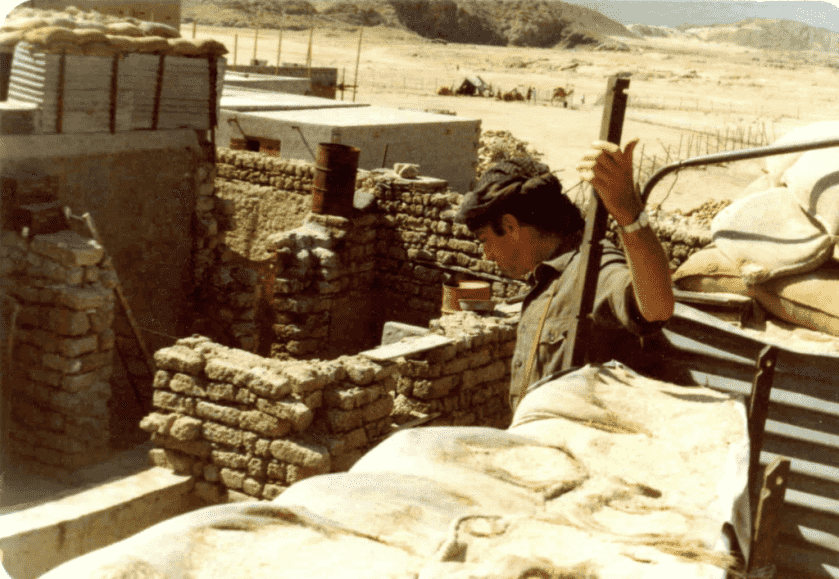
July 19, 1972, was the day the Brits were to rotate home. At 0600 that morning, CPT Mike Kealy, the 23-year-old commander of the SAS contingent, observed what he thought to be a deployed patrol of loyal Omanis now returning to base. These Omanis had been picketed to warn of approaching Adoo forces. Once he realized how substantial this force was, however, he appreciated that his patrol had surely been killed. He then ordered his men to open fire. The SAS troops did just that but found that the Adoo forces were infiltrating via gullies beyond the effective range and penetration of their SLRs. At that point, the BATT House began receiving accurate and effective mortar and RPG fire. CPT Kealy contacted his higher headquarters in Um al Quarif and requested reinforcements.
The Fight
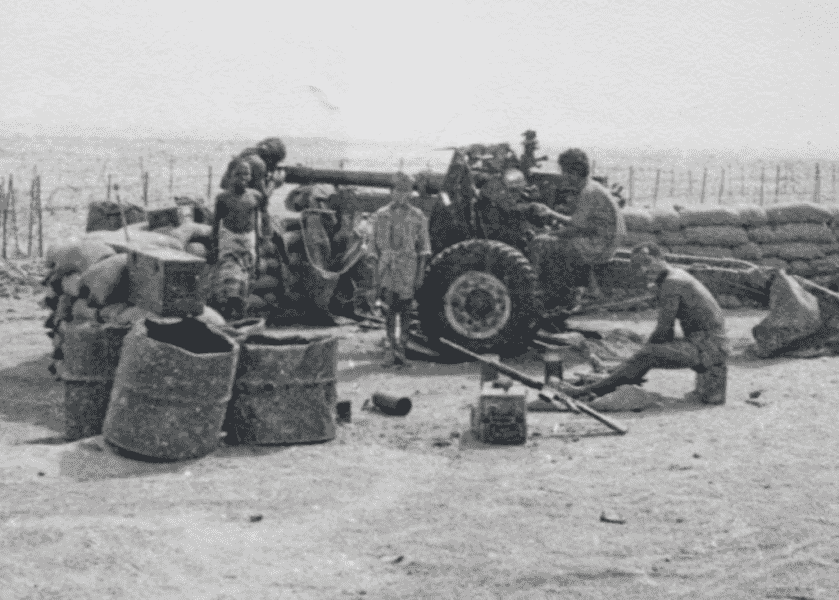
It soon became obvious that the small SAS force was in grave danger of being overwhelmed. However, located some 800 meters distant at a smaller fortification was a single British 25-pounder artillery piece along with an ample supply of ammunition. SGT Talaiasi Labalaba struck out alone across 800 meters of flat open desert to reach the howitzer. The accumulated Adoo insurgents opened up on him with their AK rifles.

The typical crew for a 25-pounder is six. This multipurpose Quick-Firing gun fired separate ammunition consisting of a projectile loaded first followed by a cartridge case containing between one and three bags of propellant. Running the gun accurately, efficiently, and well is an art that requires extensive cultivated teamwork and training. On this fateful day, SGT Labalaba was managing the big 3,600-pound gun alone.

During the course of several hours, SGT Labalaba poured high explosive rounds into the attacking communist guerrillas, frequently averaging one round per minute. However, the sheer force of numbers was overwhelming him. Eventually, the attacking Adoo troops got an AK round past the splinter shield on the gun and struck SGT Labalaba in the face. Now badly wounded, he radioed back to the BATT House with an update. Despite the horrific nature of his injury SGT Labalaba continued firing the howitzer, sighting directly through the bore at the approaching guerillas. However, he was badly hurt and losing blood. SGT Labalaba was now struggling to operate the heavy gun alone.

CPT Kealy requested a volunteer to assist SGT Labalaba and Trooper Sekonaia Takavesi, a fellow Fijian, answered the call. Under covering fire from the BATT House Takavesi made the long 800-meter run to the artillery emplacement unscathed. Once there he engaged approaching Adoo fighters with his SLR and attempted to address SGT Labalaba’s injury as best he could. Together the two men continued to work the 25-pounder, pouring HE rounds onto the maniacal communist attackers.
The Gun

Developed in 1940, the 25-pounder was an 87.6mm multipurpose artillery piece combining both high-angle and direct-fire capabilities. Ultimately produced in six Marks, the 25-pounder was highly mobile for its day despite its nearly two-ton all-up weight. The gun was used throughout the Commonwealth, and ammunition remains in production at the Pakistani Ordnance Factories today.

The 25-pounder used separate bagged charges that could be cut as necessary to produce an accurate fall of shot at various ranges. A subsequent “Super” charge was also developed that required the addition of a muzzle brake to the gun for safe operation. Most British charges for the gun were cordite-based.
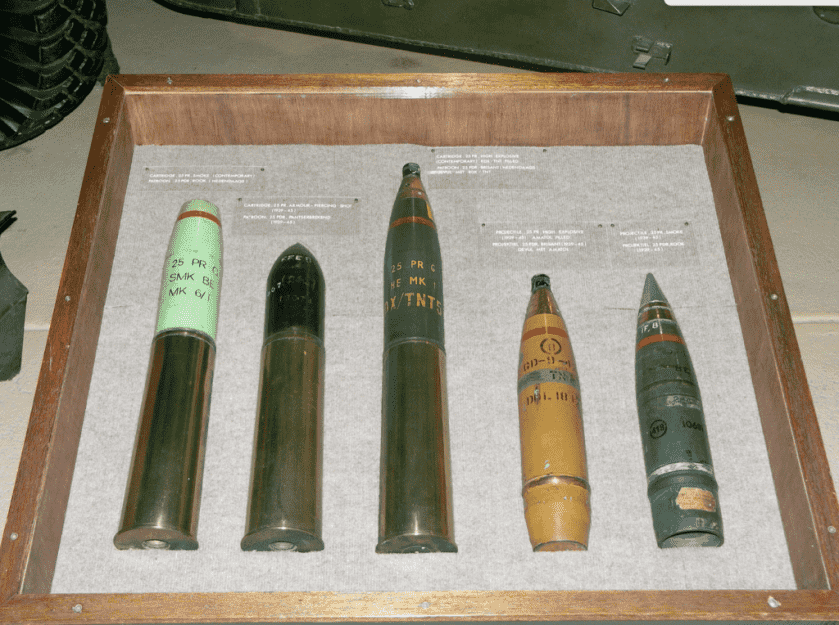
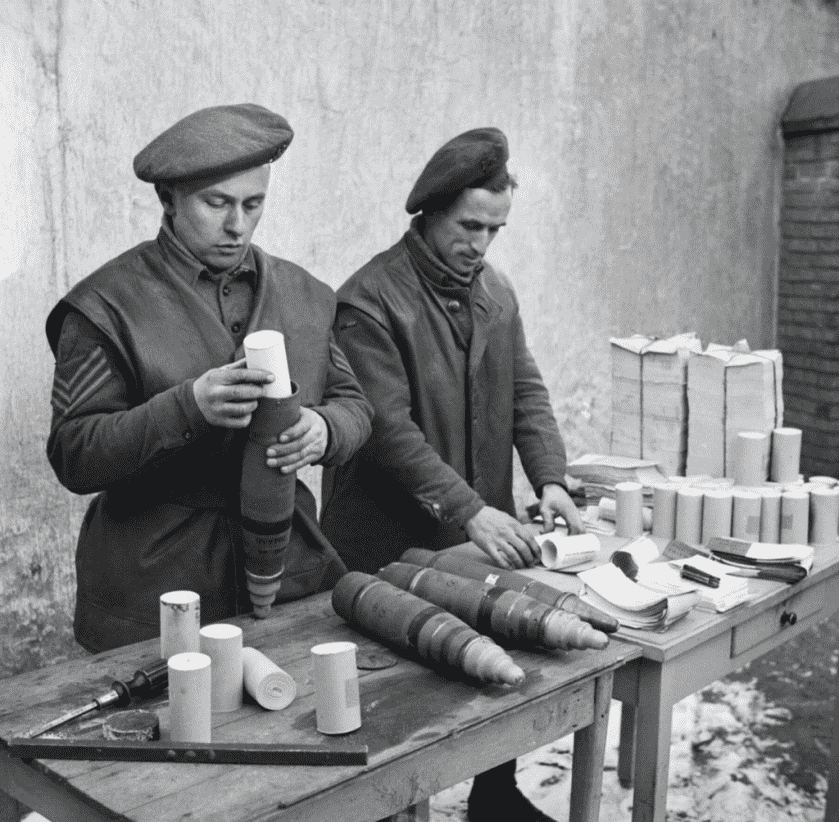
In addition to high explosive, smoke, and chemical shells, the 25-pounder could also fire a curious shaped-charge warhead as well as a 20-pound APBC (Armor Piercing Ballistic Cap) round also designed for antitank use. Antitank rounds were employed in the direct-fire mode using Super charge loads. In addition to these conventional applications, the 25-pounder could also fire foil “window” that mimicked the return of an aircraft on radar as well as shells containing propaganda leaflets. These leaflet shells were employed toward the end of WW2 to convince the Germans to surrender.
The Rest of the Story

Now under dire threat of being overrun, SGT Labalaba retrieved a small Infantry mortar kept at the artillery firing point. This stubby high-angle weapon would be more effective now that the attacking troops were in so close. As he moved to set the mortar up for firing he caught a second round to the neck and bled out.

By now Takavesi had also taken a round through the shoulder and was grazed by another across the back of his head. Despite his injuries, he duly reported the situation back by radio and continued to engage the approaching guerillas with his SLR.

In response, CPT Kealy and another SAS trooper named Thomas Tobin also ran the gauntlet to the artillery firing point. When they arrived they found that Trooper Takavesi had been hit a third time, this time by an AK round through his abdomen. Now having closed to within-hand grenade range, the PFLOAG troops showered the emplacement with grenades, only one of which detonated.

During the fight, Trooper Tobin reached across the body of SGT Labalaba and caught an AK round to the face that blew away much of his jaw, leaving him mortally wounded. Just when the situation seemed darkest, a flight of BAC Strikemaster attack jets from the Omani Air Force arrived on station and opened up on the communist rebels. One of the jets suffered battle damage from ground fire and had to return to base, but rocket and cannon fire from the remaining element ultimately broke the back of the assault.
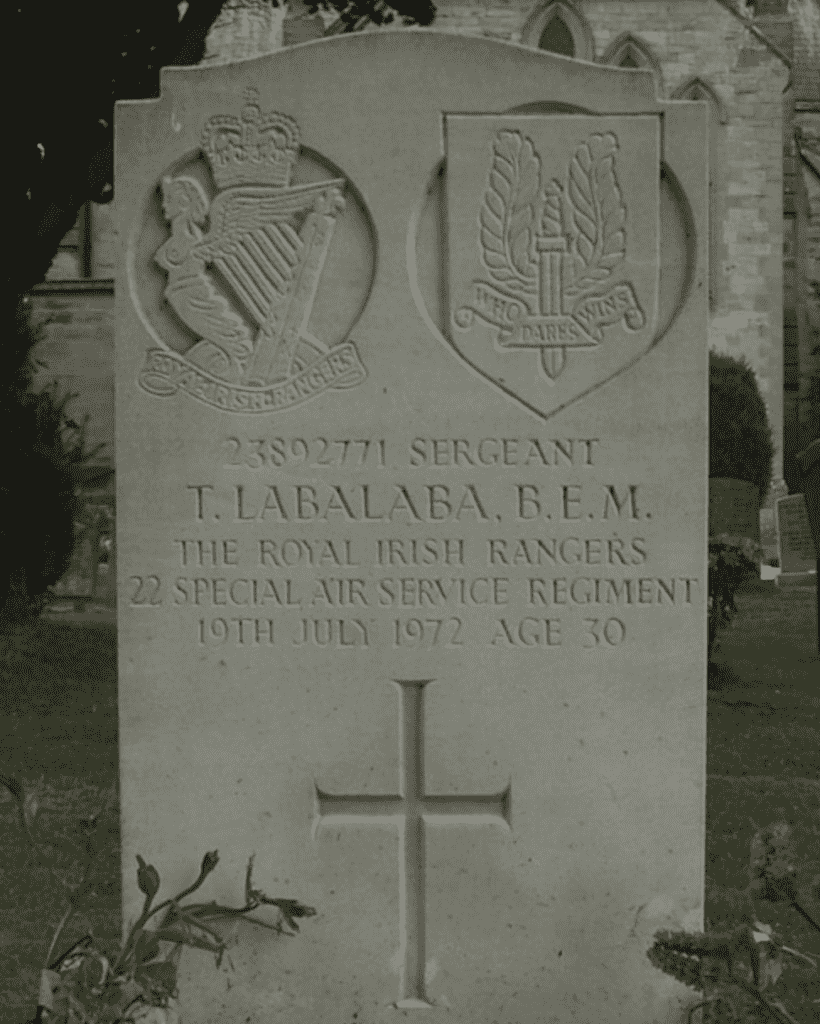
When Trooper Toobin was hit he reflexively aspirated a chunk of his own splintered tooth. This fragment subsequently set up a lung infection that later killed him in hospital. Sekonaia Takavesi was medically evacuated and recovered. SGT Talaiasi Labalaba received a posthumous Mention in Dispatches. SGT Labalaba is buried at St Martin’s Church at Hereford in England. He was 30 years old when he was killed.
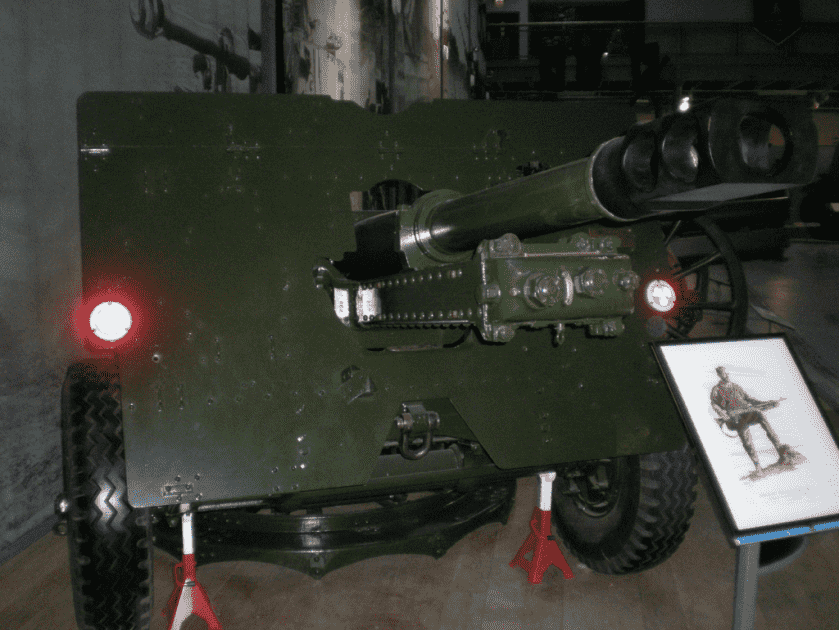
The 25-pounder gun SGT Labalaba used in Oman is currently on display at the Firepower Museum of the Royal Artillery at the former Royal Arsenal at Woolwich in England. The engagement outside Mirbat was intentionally underreported by the Omani and British governments at the time. SAS involvement in Oman was a sensitive issue, and no one wanted undue official attention. SGT Labalaba’s comrades have lobbied ever since that he should posthumously receive the Victoria Cross for his selfless actions in Oman that day.
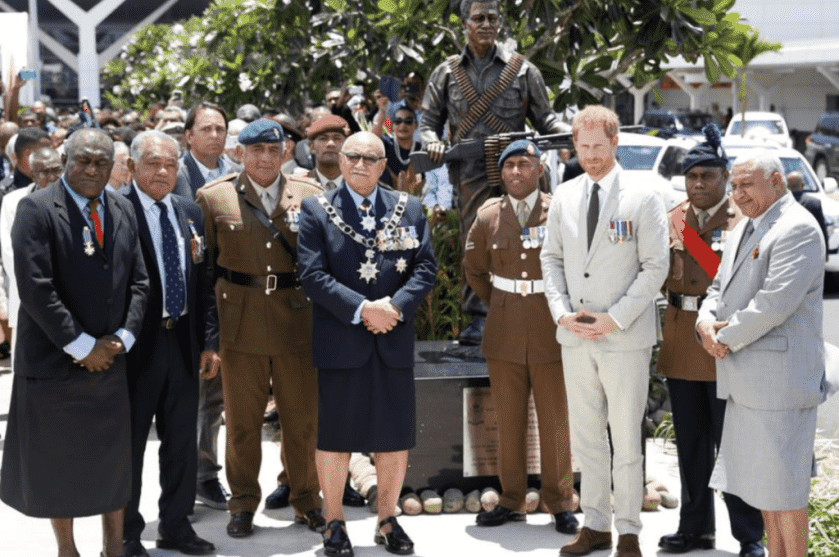
In October of 2018 Prince Harry formally dedicated a bronze likeness of SGT Labalaba at the Nadi International Airport in Fiji commemorating his exceptional bravery. Another statue occupies a place of honor at SAS HQ as well. Tom Petch, a British filmmaker and himself a former SAS operator is currently producing a feature movie about SGT Labalaba and the Battle of Mirbat.

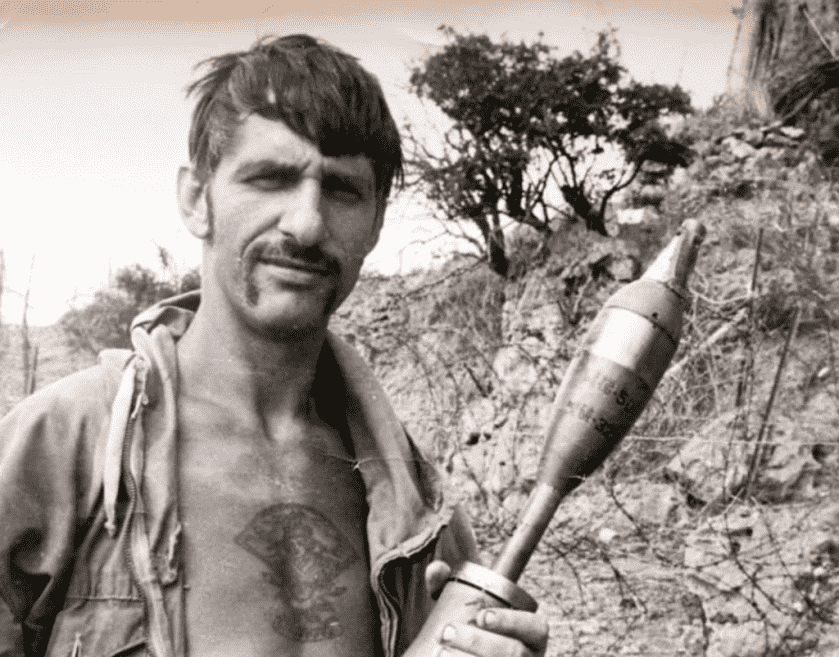
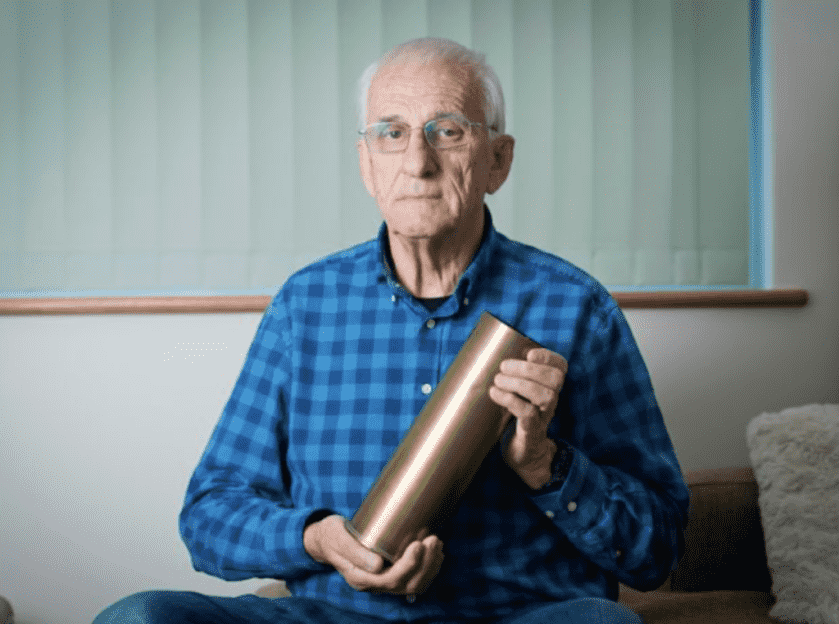



Epic story of bravery under fire! I hope the release of the movie will gain the attention required to motivate British authorities to upgrade Labalaba’s award to the Victoria Cross.
Definitely deserving of a much higher award, including the VC. While the word “hero” is over-used these days, he truly was one.
Marxist “freedom” fighters, ha!
Dr. Dabbs is my favorite author who can tell a story that will leave you with sore sides from laughing or in this case offer a serious fact filled historic event telling the world about the bravery of those who fight in the military. This gentleman served the British Commonwealth very well and selfishly performed his duties in an exceptional manner saving the lives of his companions until others could take up his fight and the Oman Air Forces could finally save the day. He is more than deserving of Britians’ highest honor, the Victoria Cross!
I would like to commend the offer for his dedication to this splendid effort by these men and in particular the gentleman who gave his life to save his comrades and complete a mission. Well done and thank you very much.
A great loss to lose such great men of this world. We need more of them! Thank you for your sacrifice and service against the enemy. God bless you all!